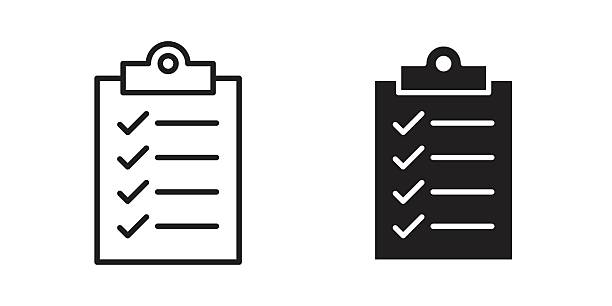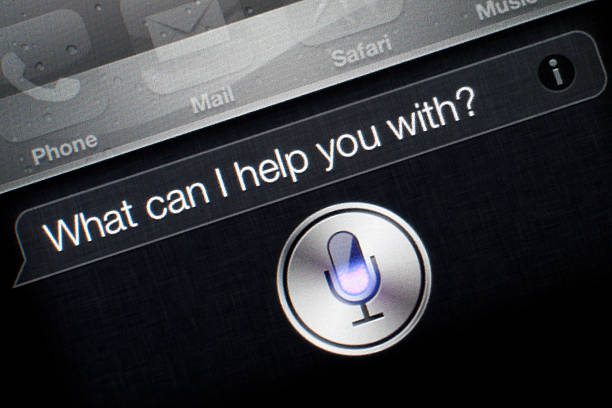Therapists often ask, “How can I get more appointments from my website without spending all day marketing?” The answer: build a therapy website that doesn’t just look good — it works for you 24/7.
In 2025, your site should act as your digital front desk, SEO engine, and conversion system all in one. This guide explains how to automate lead generation and appointment booking through smart design, tools, and content — especially for LMFTs, psychologists, and private practice counselors.
1. Make Booking an Appointment Effortless
Remove friction. A visitor shouldn’t have to click through 5 pages to reach your calendar.
✅ Use tools like:
- JaneApp, SimplePractice, or Calendly (HIPAA-compliant when needed)
✅ Embed the scheduler directly on your homepage
✅ Add “Book Now” buttons on every key page — header, services, and blog footer
📌 Best Practice: High-Converting Teletherapy Website
2. Add Voice-Search-Friendly CTAs and FAQs
Your site should answer:
- “Can I schedule therapy today?”
- “Is there a therapist available near me this weekend?”
Use FAQ sections with conversational phrases and action-oriented responses. Then follow with a clear CTA — no fluff.
Example:
“Yes, you can schedule a teletherapy session this week. Just use the booking tool below or call us now.”
📌 Optimize with: The Role of SEO in Helping LMFTs Get Found Online
3. Use Blog Posts to Pre-Qualify and Convert Visitors
Instead of just ranking on Google, your blogs should lead directly to appointments.
✅ Write for voice queries like:
- “What therapy is best for overthinking?”
- “Do I need therapy for workplace burnout?”
✅ End each blog with:
“Think this sounds like you? Schedule a free intro session today.”
📌 Content Strategy: Content Marketing for Psychologists
4. Set Up Automated Email Follow-Ups
Not every visitor books right away. Use email marketing to re-engage:
- Abandoned form reminders
- “Still thinking about therapy?” emails
- Weekly blog digests
Offer a free guide like “What to Expect in Your First Session” to collect emails.
📌 Learn More: Email Marketing Best Practices for Mental Health Professionals
5. Install a Chatbot or Live Chat Tool (HIPAA-Compliant)
Many visitors have one quick question:
- “Do you offer therapy on weekends?”
- “Is this covered by my insurance?”
A chatbot can:
- Answer FAQs
- Direct them to book
- Collect leads during off-hours
Ensure it’s secure and doesn’t collect PHI unless encrypted.
📌 Tech Guide: Top LMFT Digital Tools to Streamline Practice
6. Highlight Real Testimonials and Credentials
Trust speeds up conversion. Add:
- Google reviews (embed live feed)
- Client testimonials (with written consent)
- Licensing details (LMFT, LCSW, PsyD, etc.)
- Photos of your actual office space or teletherapy setup
📌 See Example: Build Your LMFT Online Presence in 2025
7. Work with an Agency That Specializes in Mental Health Websites
Your site should be optimized for:
- Voice search
- Speed & mobile UX
- HIPAA compliance
- Conversions from first-time visitors
MHIS handles the entire system — from content to coding to call-to-action optimization.
📌 Explore All Services: Mental Health IT Solutions
Final Thoughts
If your website is just a static brochure, you’re leaving money — and impact — on the table. The right website should:
- Show up in voice search
- Help visitors feel understood
- Let them book right away
- Follow up if they don’t
With MHIS, you can turn your site into your best-performing team member — one that works around the clock, never takes breaks, and always follows up.







